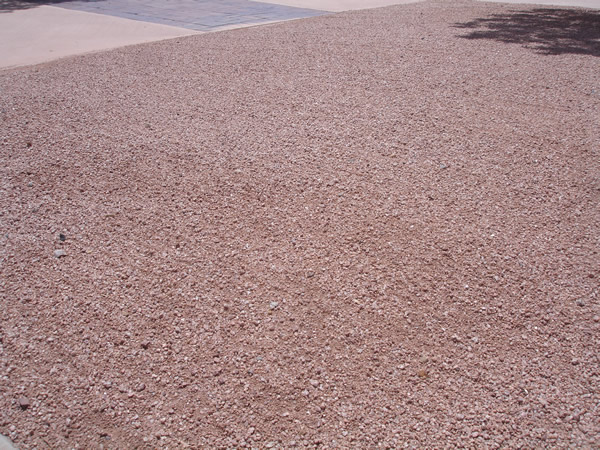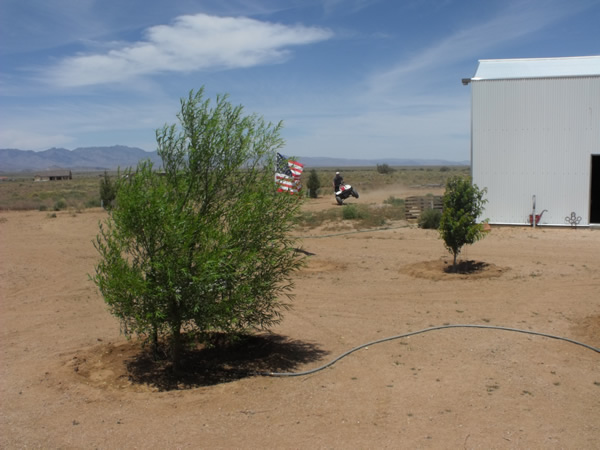Arizona, Nevada, New Mexico, and Texas are beautiful areas of our country. Many parts of these states have enough rainfall to justify green lawns. However, within the large portions of the southwest deserts that receive very little rainfall green lawns are impossible or very difficult to start and maintain. During my recent trip through these areas, I was able to learn about Xeriscaping. Xeriscaping is the art of performing lawn care and landscaping, without the use of supplemental water, in very dry climates.
I have often wondered about the viability of starting a lawn care business in these areas. After my recent trip, I am more convinced than ever that starting a lawn care business in the American Southwest is a great idea. Homeowners and business owners in the southwest absolutely need the services of lawn care professionals.
I learned a few simple facts during my trip:
1) Even in the harshest desert climates in Arizona, West Texas, New Mexico, and Nevada, MANY homeowners and business owners invest time and money in irrigation so that they can have green grass in their lawns. Green lawns are especially common in larger communities where water is easy to come by.
2) Homes and businesses that do not have green lawns STILL need lawn care work performed. Desert areas are still full of plant life. Scrub brush grows in many desert areas. Scrub brush can be maintained and kept under control by raking the ground every few weeks. Raking can be performed with a hand rake over small areas or with a tractor (or a lawn mower, quad, or other vehicle) and a pull-behind rake or a simple “chain carpet.” Raking is very beneficial to homeowners and business owners because scrub brush makes a great hiding place for rattlesnakes. A well maintained yard reduces the chance that rattlesnakes will go unnoticed.
3) Properly maintained Xeriscaping dramatically enhances the beauty of a desert lawn. Homeowners and business owners are VERY willing to pay great money to lawn care professionals that can properly maintain a yard in a desert environment.
If you live in any of the southwestern states and you have ever thought about starting your own lawn care business, I encourage you to take the steps necessary to start your business and begin building your lawn care customer list. Also, I am more convinced than ever that our lawn care business program will greatly help you. From starting your business, purchasing equipment, acquiring customers, and pricing your services correctly, our lawn care business program will give you the business tools and information needed to help you on your way. The estimating software will also be an enormous help to you when determining how much money to charge your customers for the lawn care services you provide.
To learn more about the “Start A Lawn Care Business” program, please visit our main home page:
Start A Lawn Care Business
http://www.StartALawnCareBusiness.com

